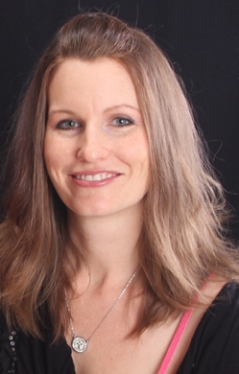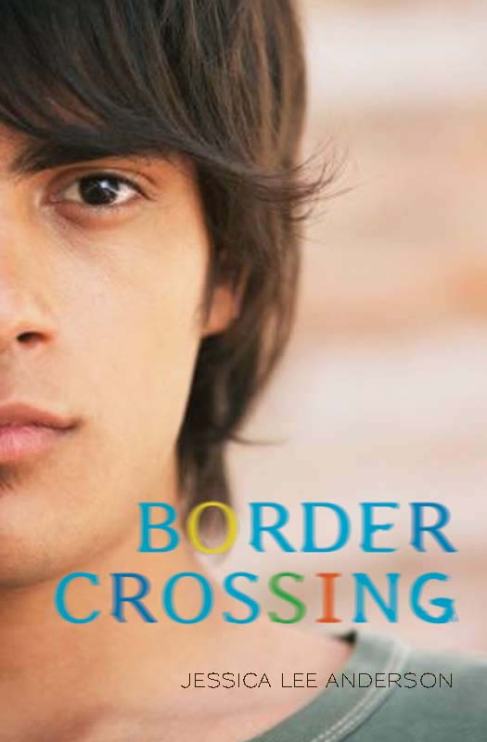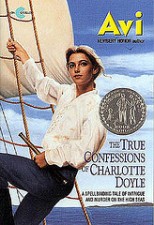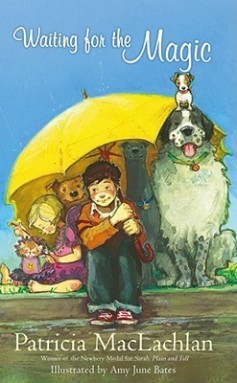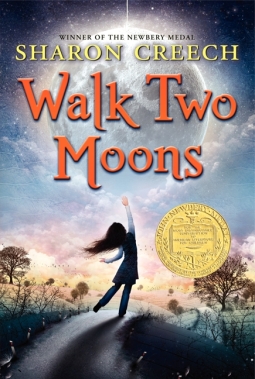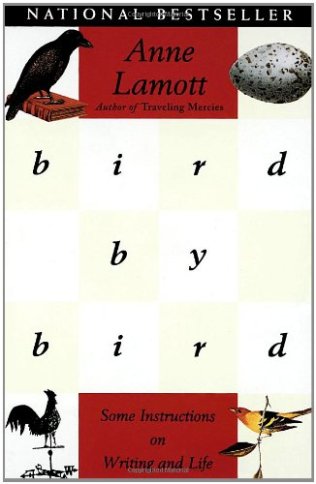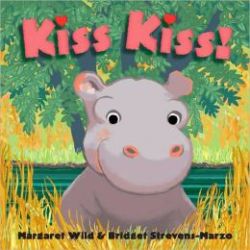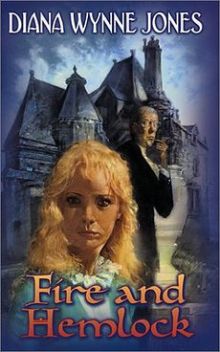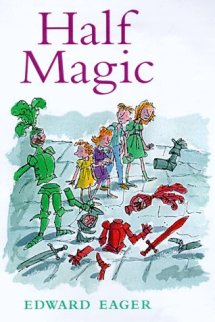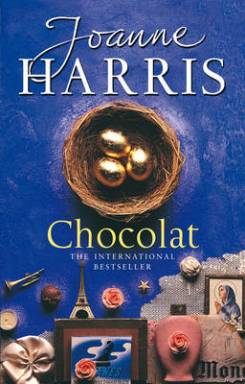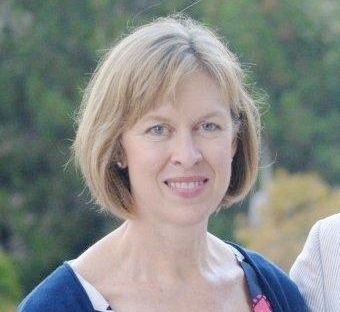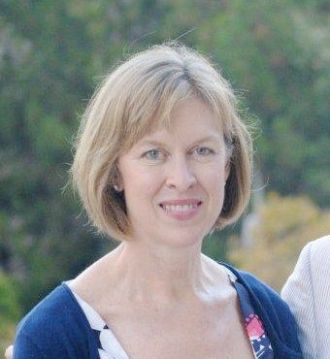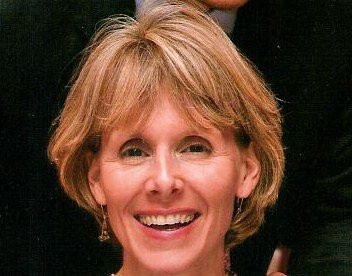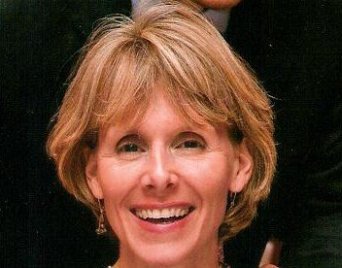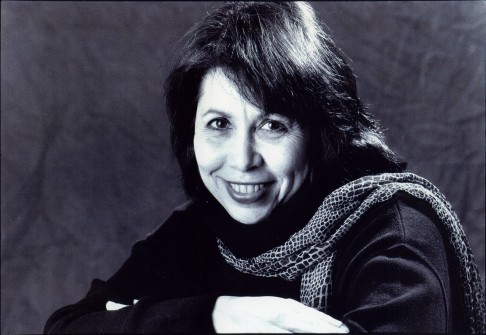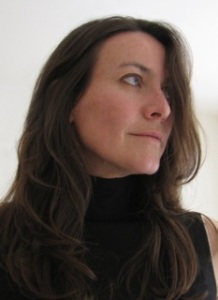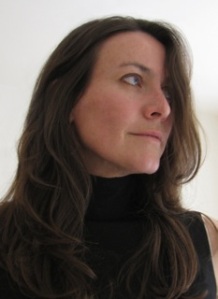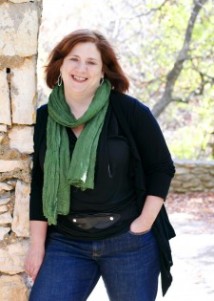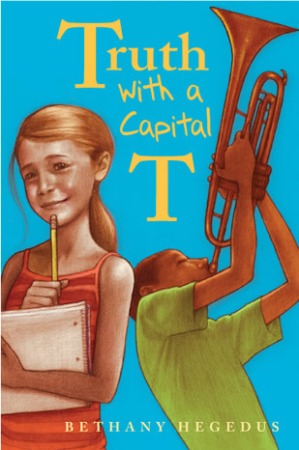When I last visited with Jessica Lee Anderson, she was celebrating her first novel, Trudy, being plucked from the slush pile and winning the Milkweed Prize for Children’s Literature. Four years later, Jessica is celebrating another creation – the birth of her beautiful daughter. Recently I caught up with Jessica and chatted with her about motherhood, creativity and managing your time.
What has changed in your life since the last time we chatted in 2010?
Forgive me for starting with a cliché, but wow, these years flew by! Since 2010, my young adult novel, Calli, released from Milkweed Editions, and I had the honor of presenting at several events like the Texas Book Festival, Austin Teen Book Festival, YAK Fest, and YAB Fest. I attended several writing retreats with an inspiring group of writers and worked on an assortment of manuscripts to include some work-for-hire projects. In 2013, I celebrated the most exciting of releases—my beautiful baby girl!
Has being a mother changed you as a writer? If so, how?
My schedule has definitely changed the most. I write from home, so I revolve my writing around my daughter’s naps during the day and try to get some writing in after she goes to sleep in the evenings. Thirty minutes or an hour here or there can really add up. When I have childcare available, I head to a coffee shop for a short while. With time being so limited, it is easier to pass on watching those cute puppy videos on YouTube. One thing I’ve been trying to work on is eliminating that feeling of “writer’s guilt” (feeling guilty that I’m not writing when there is a down moment) so I can cherish this time with my little miracle. I also broke down and bought a smart phone to use technology to my advantage.
What is a normal “writing” workday like for you?
My daughter usually takes her first nap around 9 a.m., so I try to get some plotting/brainstorming/goal setting time in and jump on the page for as long as I can (which can be as little as a twenty minutes or an hour plus). The same goes for the afternoon, and then I get about an hour or two of writing in after she falls asleep in the evening. Her nap schedule is constantly changing, so my “writing” workday changes too and consists of taking advantage of free moments when they’re available. While I haven’t been meeting my group regularly at coffee shops like I used to, I now periodically host writing workdays at my house. Fellow Coop-mate Carmen Oliver is coming over for a writing date this week!
You’ve written for all types of audiences. How does your writing process differ as your audience changes?
I enjoy writing for a variety of ages and like the challenge of writing sparse yet rich texts for younger readers as well as the challenge of developing characters, settings, plots, and dialogue in longer works for older readers. While I read my writing out loud when writing for older readers, I find this is critical when writing for younger readers. I agonize over word counts, vocabulary choices, and reading levels for this age group. This process can flow into how I write for older readers, so I often write longhand in a notebook to help avoid my internal editor from taking over.
What are you working on now?
I’m currently revising an early chapter book about a girl who experiences some surprises when she moves on a farm as well as working on a coming of age novel middle grade novel.
Do you have any upcoming appearances or events?
I don’t know any specific details about my schedule yet, but I’ll be at the TLA annual conference this April and look forward to seeing many friends and making many new ones!
Please check-out Jessica’s website at http://jessicaleeanderson.com for more information. Jessica’s books are all available online or at your favorite indie bookseller!


